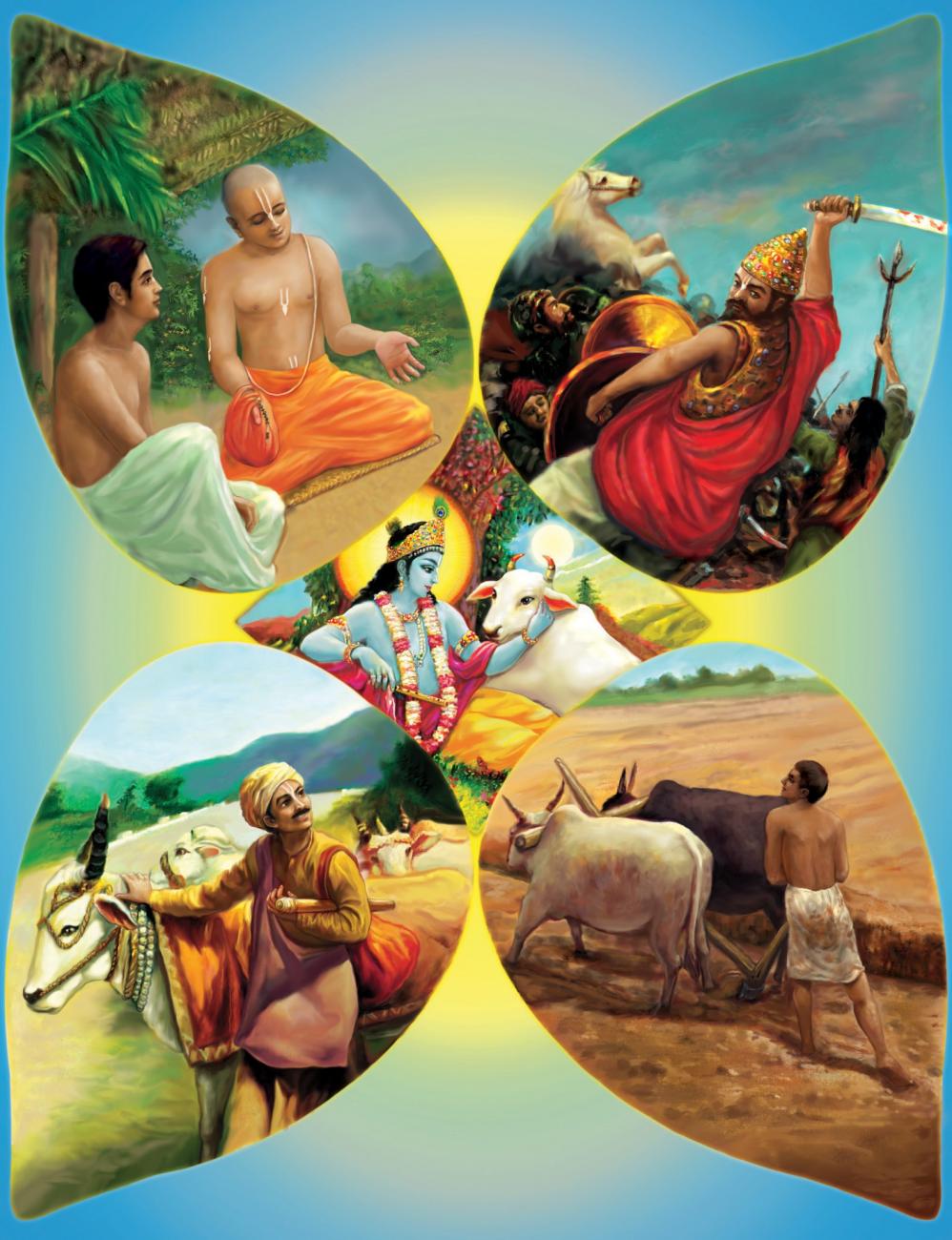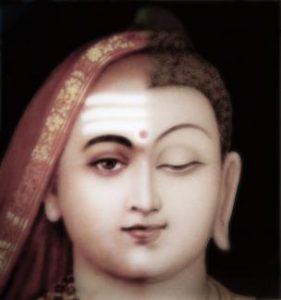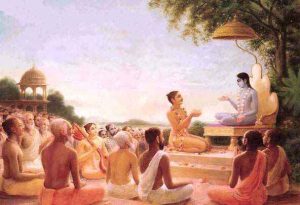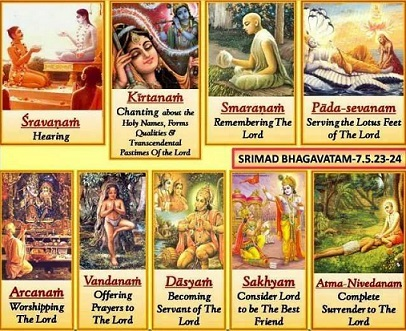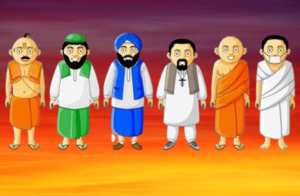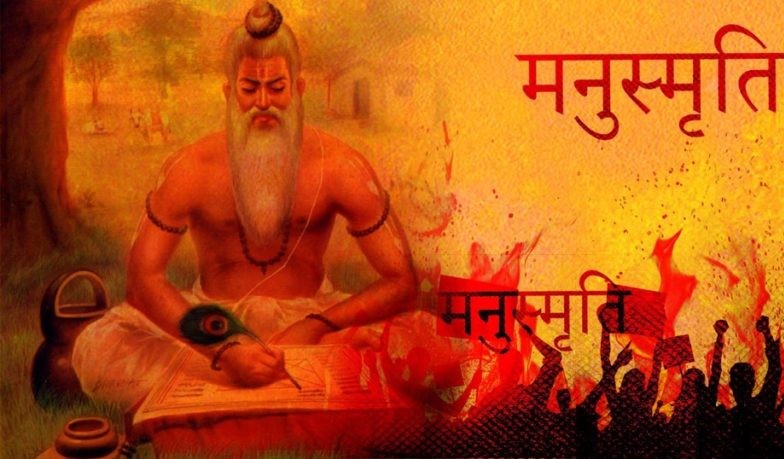What is Religion?
“Religion includes four primary subjects: (1) pious activities, (2) economic development, (3) satisfaction of the senses, and (4) liberation from the material bondage. Religious life is distinguished from the irreligious life of barbarism. Indeed, it may be said that human life actually begins with religion. The four principles of animal life-eating, sleeping, defending and mating – are common both to the animals and human beings, but religion is the extra concern of the human being. Since human life is no better than animal life without religion, in real human society there is some form of religion aiming at self-realization and referring to one’s eternal relationship with God. In the lower stage of human civilization, there is always a competition between men in their attempt to dominate material nature”.
In other words, there is a continuous rivalry in an attempt to satisfy the senses. Thus, driven by sense gratification consciousness, men enact religious rituals. Thus pious activities and religious functions are performed with an aim to acquire some material gain, and if such material gain is obtainable in another way, this so-called religion is neglected. This can be seen in modern human civilization. Since the economic desires of the people appear to be fulfilled in another way, no one is interested in religion now. The churches, mosques, and temples are practically vacant, for people are more interested in factories, shops, and cinemas. Thus they have deserted the religious places erected by their forefathers. This is evidence that religion is generally performed for the sake of economic development, and economic development is required for sense gratification. When one is baffled in his attempt to attain sense gratification, he takes to the cause of salvation in order to become one with the supreme whole. All these activities arise with the same aim in view – sense gratification.
Source: A.C. Bhaktivedanta Swami Prabhupada (2012 edition), “Teachings of Lord Caitanya, The Golden Avatara”, Page 289 and 290





